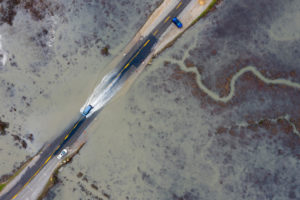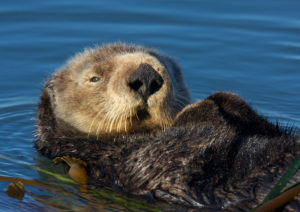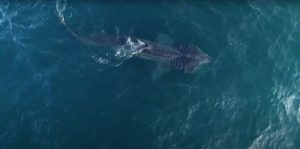Some of the most conspicuous animals in Northern California tidepools don’t look like animals at all. They resemble flowers more than any animal you’re probably familiar with.
See?
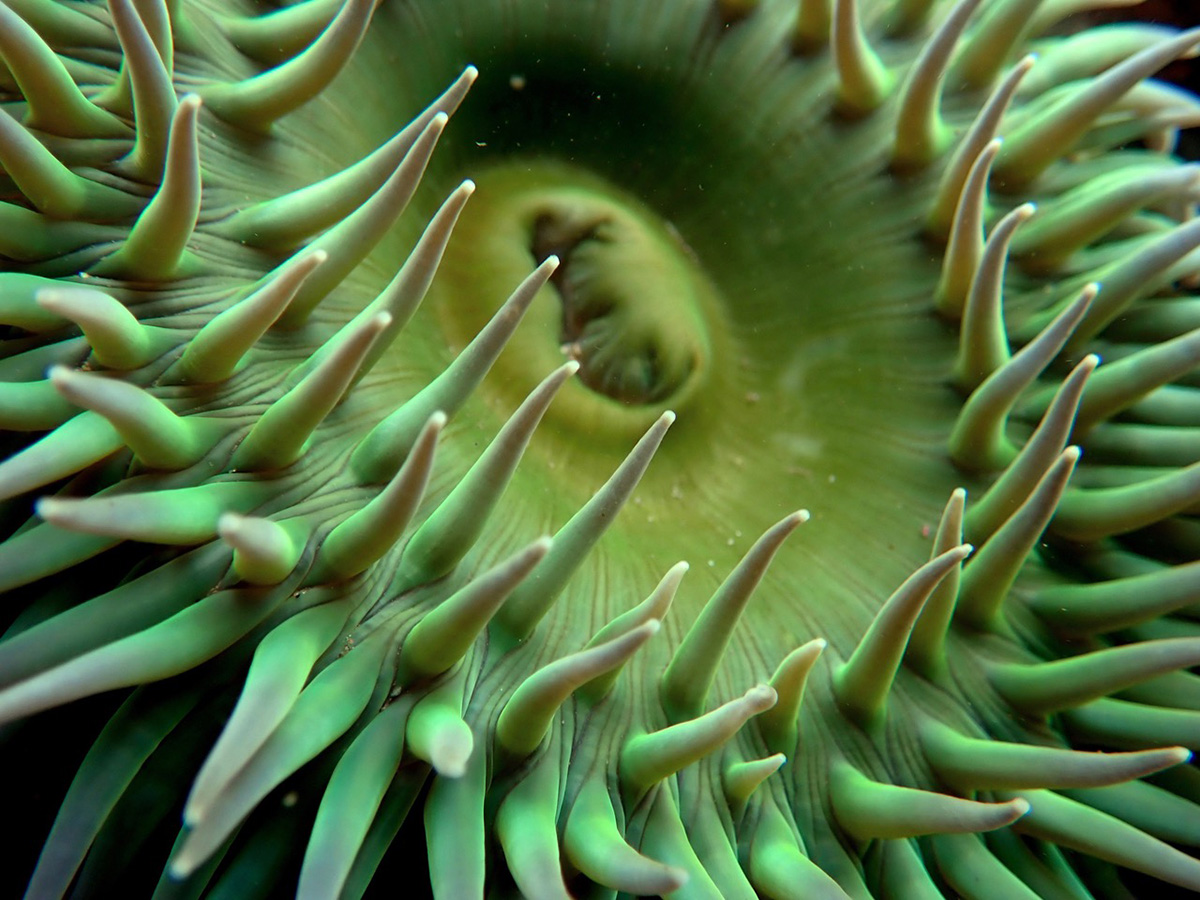
Sea anemones are members of the Anthozoa (from the Greek: antho = flower and zoa = animal). These “flower animals” are found throughout the world’s oceans. They live sedentary lives on the seafloor, but they’re technically not rooted there, as they can and do walk around, and some can even detach entirely to swim away from predators.
Anemones are in the phylum Cnidaria, which typically live their lives in two forms as stationary polyps, and as mobile medusae. But the anthozoans, a group which includes the anemones, corals, sea pens, and gorgonians, lack the sexual medusa stage of the typical cnidarian life cycle, so anemone polyps eventually grow up and have sex.
With their radial symmetry and rings of petal-like tentacles, the sea anemones do indeed resemble flowers. You’ve probably already seen many photos of sea anemones. Here’s one more to drive home the message.
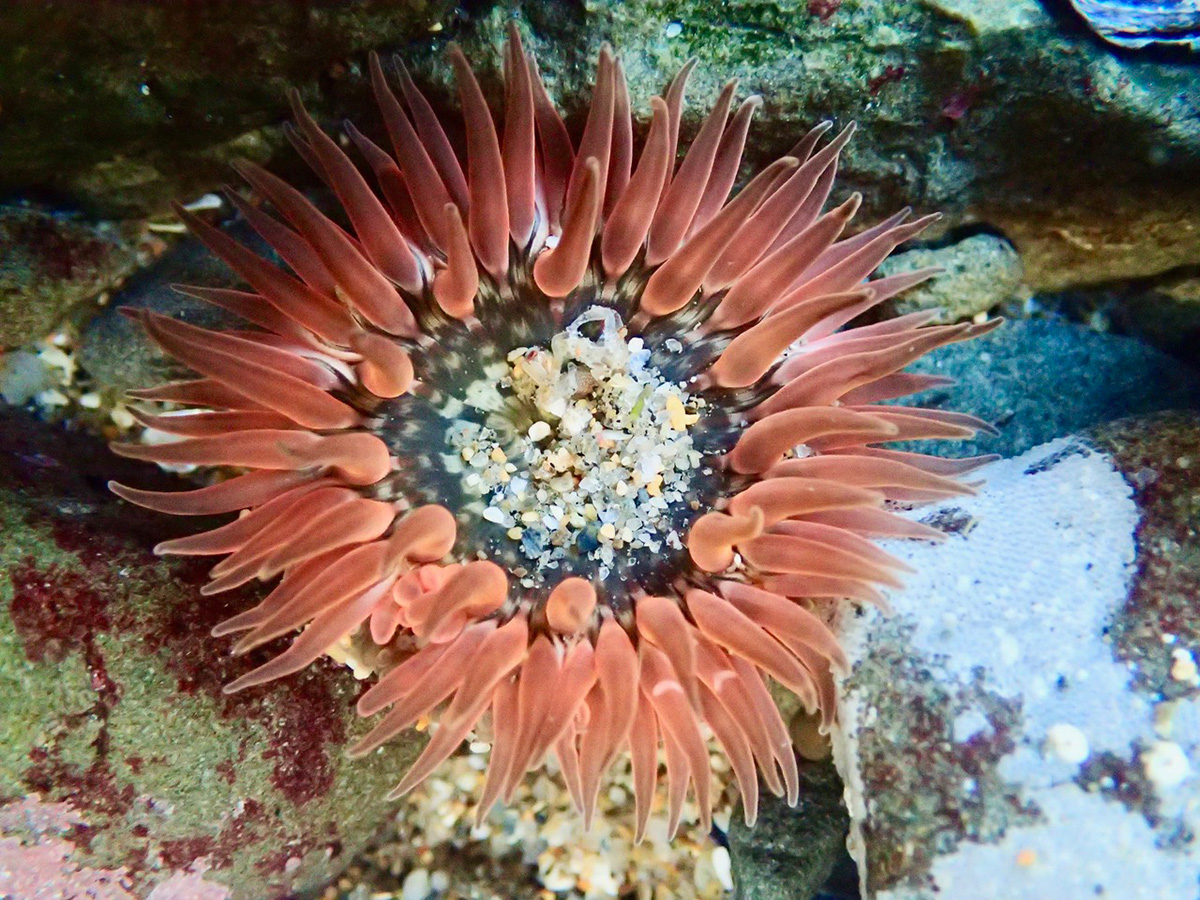
Sea anemones, like all cnidarians, are carnivores. Most of the time anemones in the common California genus Anthopleura feed on tiny critters that blunder into their stinging tentacles, although the occasional specimen will luck into a much more substantial meal. I’ve watched hermit crabs crawl right across the tentacles of a large anemone (Anthopleura xanthogrammica), and while the anemones did react by retracting the tentacles, the crabs easily escaped their grasp.
Of course, not all potential prey items are so fortunate. Sometimes even big crabs get captured and eaten, like this poor kelp crab (Pugettia producta):
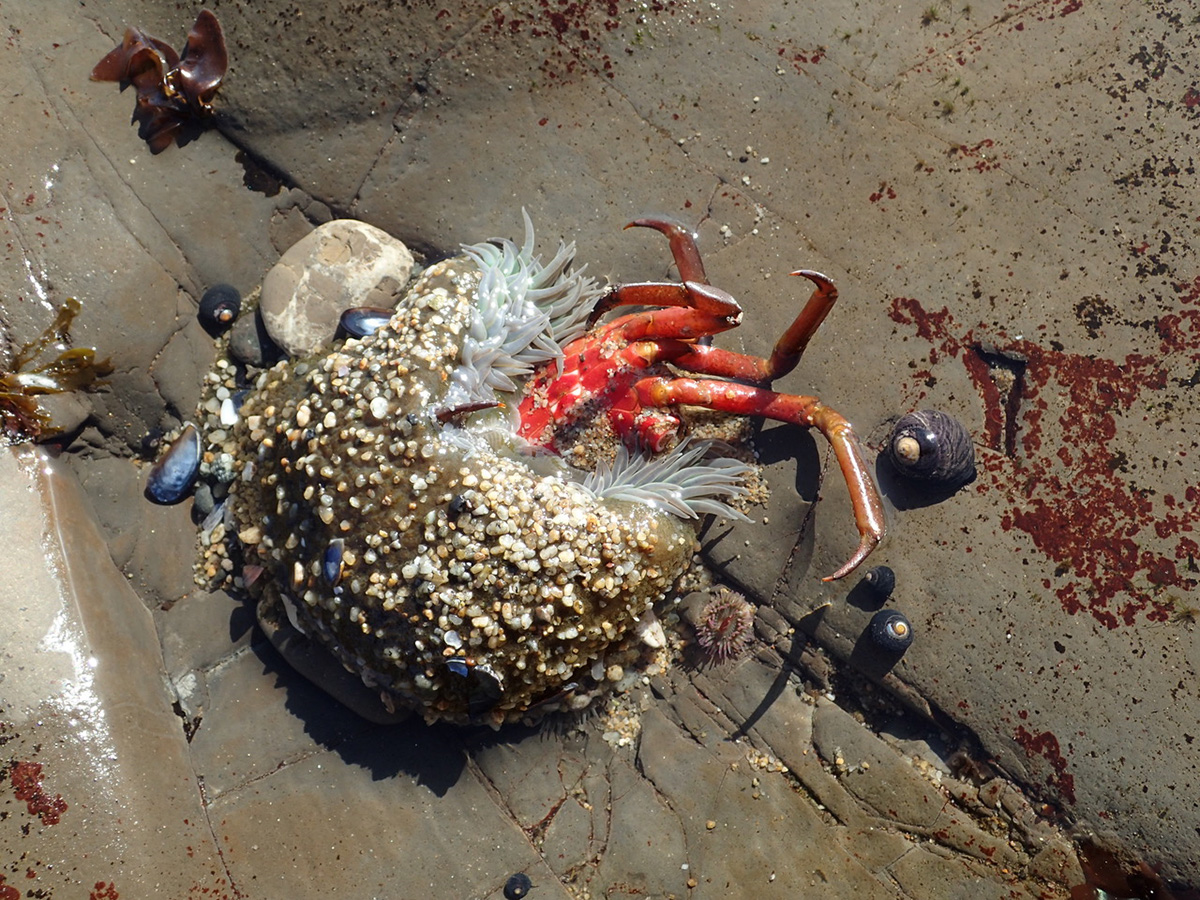
There’s no way to know exactly how this situation came to be. Was the crab already injured or weakened when the anemone grabbed it? Or was the anemone able to attack and subdue a healthy crab? I’ve always assumed that the exoskeleton of a crab this large would be too thick for the rather wimpy nematocysts of an Anthopleura anemone to penetrate, but maybe I’m wrong. A newly molted crab would be vulnerable; however, they tend to stay hidden until the new exoskeleton has hardened, and the crab in the above photo doesn’t appear to have molted recently.
Even big, aggressive crabs can fall prey to the flower animals in the tidepools. I’d really like to have been there to watch how this anemone captured a rock crab!

And crabs aren’t the only large animals to be eaten by sea anemones. Surprisingly, mussels often either fall or get washed into anemones, which can close around them. Once a mussel has been engulfed by an anemone, the two play a waiting game. Here’s what I imagine goes on inside: The bivalve clamps its shells shut, hoping to be spit back out eventually; meanwhile, the anemone begins trying to digest the mussel from the outside; sooner or later the mussel will have to open its shells to breathe, and at that point the anemone’s digestive juices seep inside and do their work on the mussel’s soft tissues. When the digestive process is finished, the anemone spits out the perfectly cleaned mussel shells.
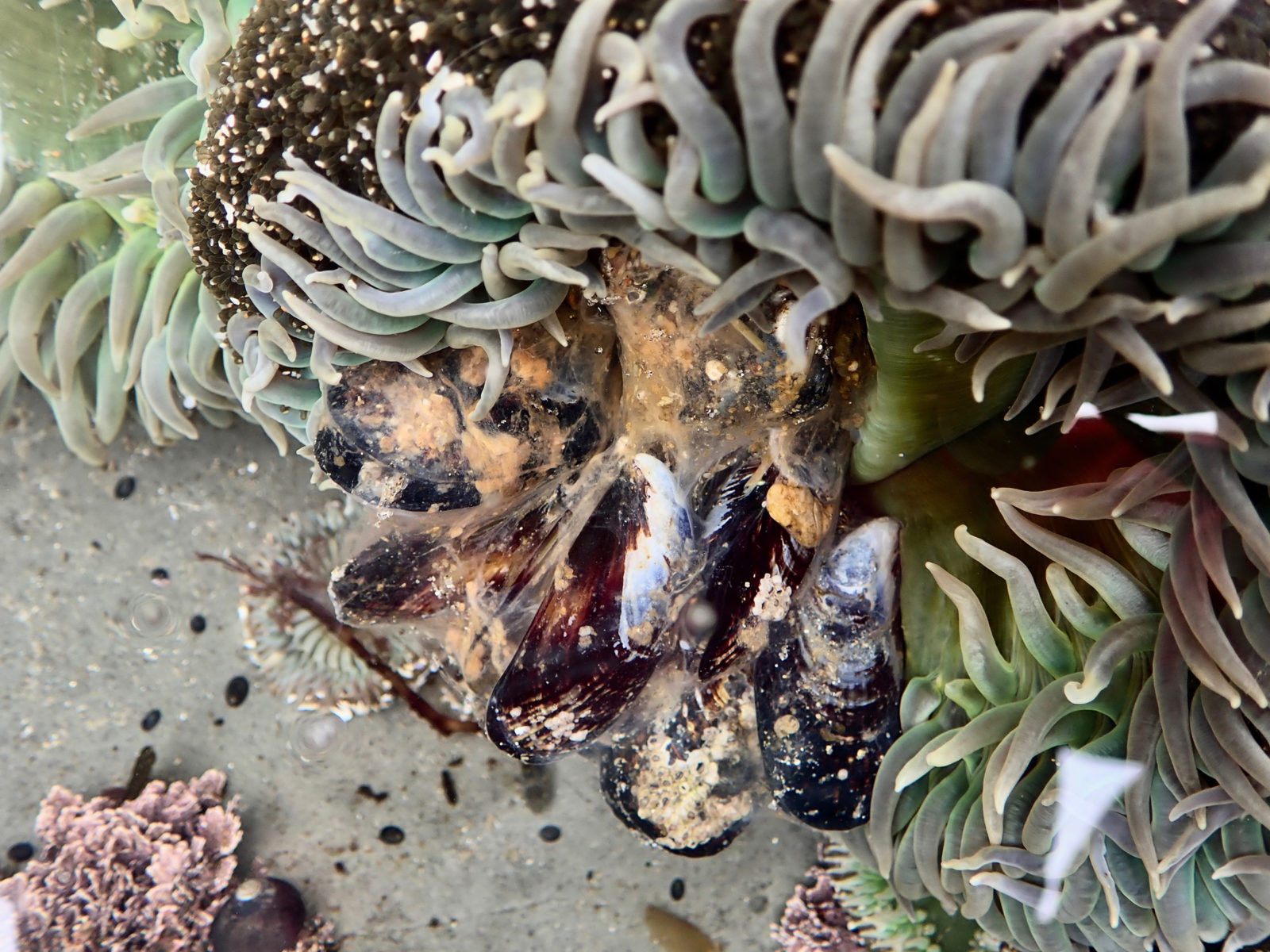
In the photo above, the anemone is working on a clump of several mussels. I can’t see that any of these mussels have been compromised, but the pale orange stringy stuff looks like mussel innards and mucus. It could be that several mussels are still engulfed within the anemone. There is always a chance that an anemone will give up on a mussel that remains tenaciously closed, and spit it out covered with slime but otherwise unharmed. I also assume that hungry anemones are less likely to give up their meals than ones that have recently fed.
So how, exactly, does an anemone eat a mussel, or a crab? The answer lies within the anemone’s anatomy. Technically, the gut of an animal is outside its body, right? Don’t believe me? Let’s think it through. An animal with a one-way gut such as our own can be modeled as a tube within a tube, and by that reasoning the surface of a gut lining is contiguous with the outer surface of the body. Our gut is elaborated by pouches and sacs of various sizes and functions, but is essentially a long, convoluted tube with a mouth on one end and an anus on the other.
Sea anemones, like all cnidarians, have a two-way gut called a coelenteron or gastrovascular cavity (GVC), with a single opening serving as both mouth and anus. Anemones, being the largest cnidarian polyps, have the most anatomically complex gut systems in the phylum.
Imagine a cylindrical vase with a drawstring top. The volume of the vase that you’d fill with water and flowers represents the volume of the anemone’s gut, or coelenteron. Anemones can close off the opening to their digestive system by tightening the “drawstring” – actually sphincter muscles that surround the mouth. Now imagine that the inner wall of the vase is elaborated into sheets of curtain-like tissue that extend towards the center of the cavity. These sheets of tissue in an anemone’s coelenteron are called mesenteries. They are loaded with various types of stinging cells that immobilize prey and begin the process of digestion. The mesenteries greatly increase the surface area of tissue that can be used for digestion. The mesenteries are also flexible and can wrap around ingested prey to speed things up.
This anemone (below) was eating both a mussel and a piece of kelp:
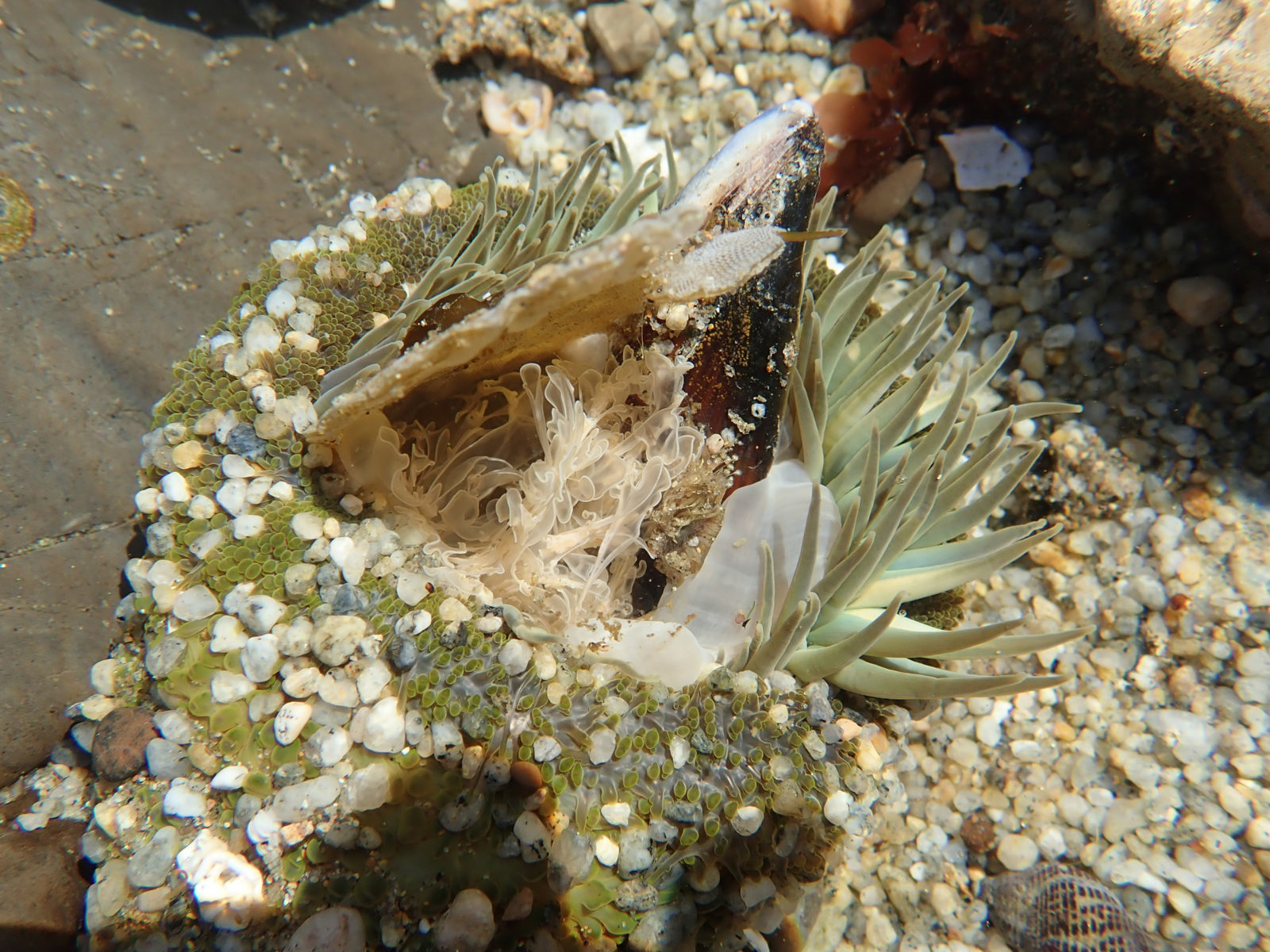
Those frilly ruffles are the mesenteries. You can see how greatly they’d increase the surface area of the gut for digestion. They are also very soft, almost flimsy. Here’s a close-up shot:
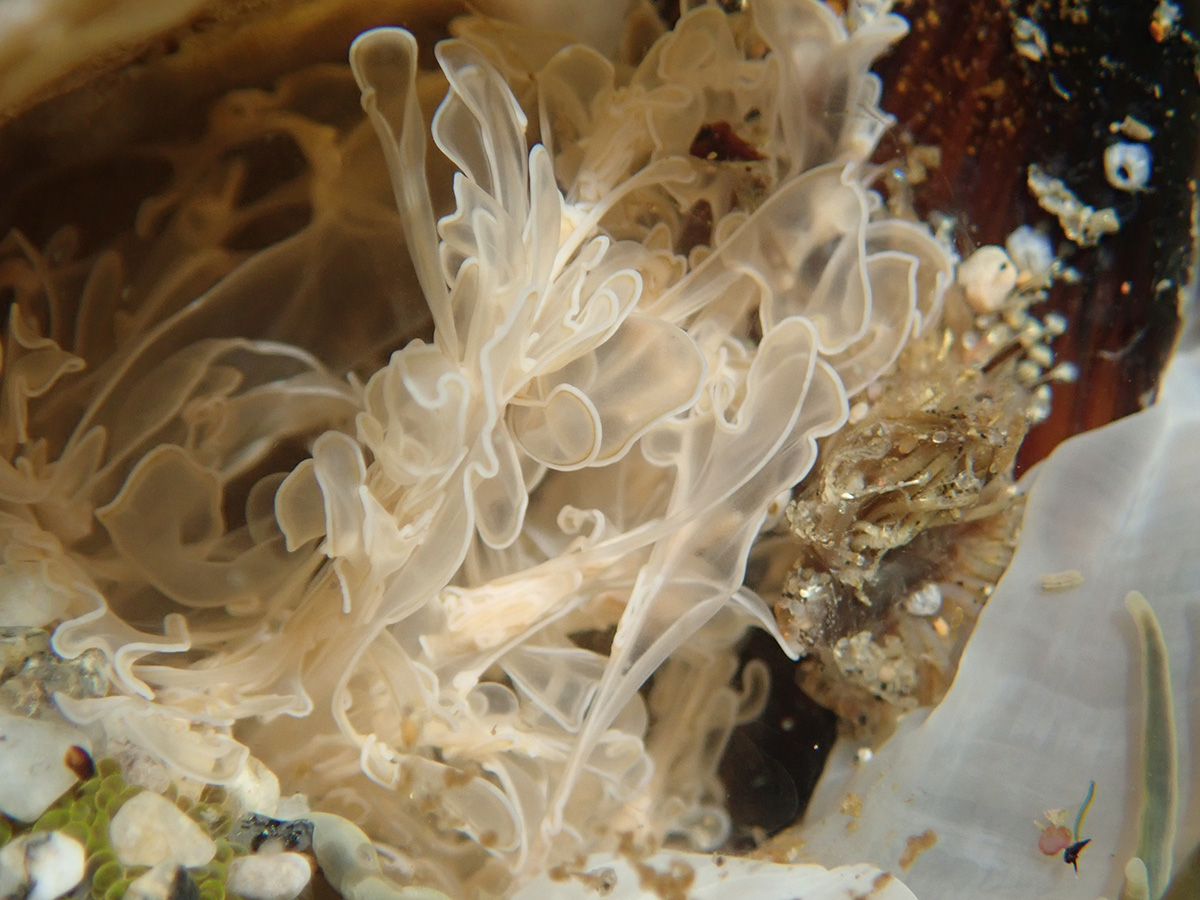
Next time you visit the tidepools, see if you can find any hungry flower animals. Once you’ve seen these predators in action, you’ll never again take them for the passive blossoms they appear to be at first glance.


